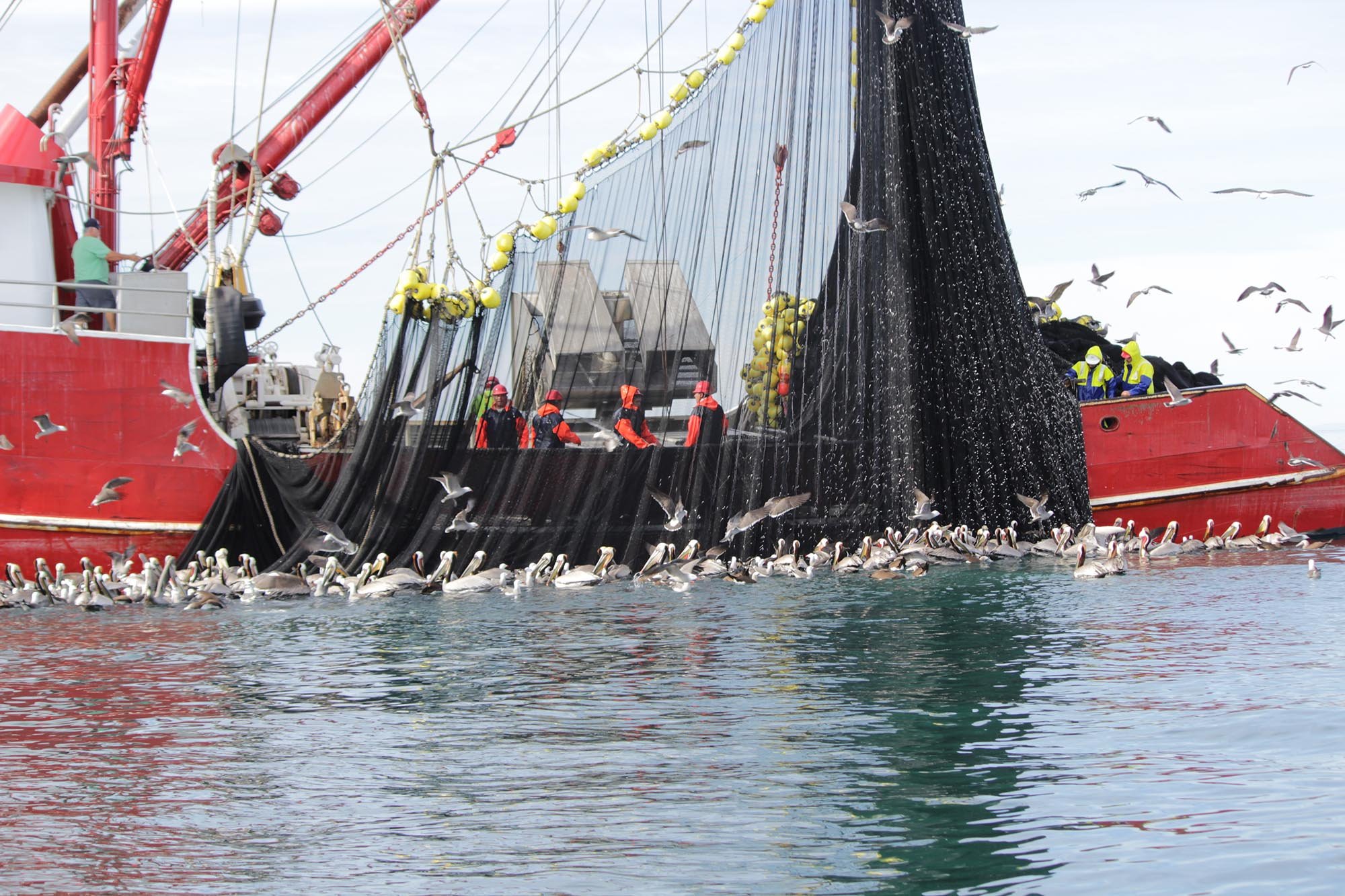
Ocean Food Sourcing
What Is The Problem?
The world’s oceans could be virtually emptied of fish by
2048
1 billion people in the world depend on fish as a principal source of protein, so it is important that we protect the marine environment and harvest it sustainably.
The Key Issues
1) Commercial Fishing
Commercial fishing has a revenue of 4.1 billion dollars which means that setting regulations and fishing quotas is a balancing act between it being a highly profitable business and causing environmental concern.
The unsustainable harvesting of fish comes in many ways: overfishing, bycatch and discarded catch are all causing damage to marine ecosystems.
Bycatch is degrading the marine ecosystems and is one of the most significant nature conservation issues in the world. It also has serious food-security implications. Bycatch is defined as the process of the indiscriminate capture of non-target fish and marine mammals, including many endangered species such as dolphins, sharks and turtles. It is estimated that 40.4% of the global marine catch is bycatch. Whilst some may be sold, much is unusable, or unwanted, for regulatory purposes or economic reasons, so it is often then thrown back into the ocean either dying or already dead.
Individual Transferable Quotas (ITQs) or fishing quotas provide a number of specific fish species each fishery is allowed to fish. This means that smaller fish are often cast back into the ocean in order for fisheries to meet their quotas and receive more money for the larger fish.
Overfishing of marine ecosystems has led to the decreased body size of many populations of popular fish species. This is due to not allowing time for fish populations to reach maturity. Alongside overfishing, fish size is also predicted to be decreasing by 30% for every 1 degree celsius increase in water temperature. The decrease of fish size has had a detrimental effect on predators in the marine environment, with a 90% decrease in numbers of large predatory fish, and a decrease of 96% in all ocean diversity since 1970.
Marine habitats are also damaged by commercial fishing. Trawl nets, which can be as large as football fields, are dragged through the water and across the sea bed capturing everything in its path. Modern day trawlers minimise injury and death using Turtle Excluder Devices (TEDs). TEDs allow for bycatch larger than 10cm to escape nets unharmed. The target effectiveness is 97%. However, seagrass and other debris often reduce the effectiveness of TEDs and may block sea turtles and other bycatch from being able to escape the nets.
2) Fish Farming
Intensive fish farming has often received negative connotations for poor welfare and poor environmental standards. Fish farming leads to high concentrations of waste in one area, smothering animals and plants on the seafloor. Due to high numbers of fish in each pen there is also a rapid transmission of disease and parasites.
Farmed fish have a risk of escaping their enclosures into the ocean. These escapees have a detrimental impact on native fish species as they are generally bigger and outcompete native fish stocks. Farmed fish also pass parasites and disease onto native fish species.
3) Plastic Pollution
Fishing tackle is often broken and discarded into the ocean; 46% of the Great Pacific Garbage Patch is made up of fishing nets alone. For more information check out our Health of the Ocean page.
4) Agriculture
Farming on land is also impacting marine ecosystems. Fertiliser runoff can cause an increase in algal blooms which consume oxygen and release carbon dioxide when they die. This mass release of carbon dioxide is a contributing factor to ocean acidification, dissolving calcium carbonates in shells and coral skeletons
Closer to the ocean, ships and boats use antifouling paints and materials to minimise the drag caused by marine life growing on the hull of ships. It is estimated that biofouling creates a cost of $56 million a year in increased fuel consumption in one US destroyer alone. All antifouling paints release particles into the water. Originally, sailors painted vessels with the insecticide DDT (Dichlorodiphenyltrichloroethane). DDT is a poison which disorganises the nervous system causing hyperactivity, paralysis and death. This substance was banned in the 1970s for use in antifouling in many western countries, however, it is still used as a prominent insecticide. DDT has a half-life of 15 years and is known to have a high tendency to bioaccumulate, so it is still being detected in water sources today.

Our Tip
Visit the MSC’s Good Fish Guide to make a sustainable choice before making a seafood purchase.
How You Can Help
There are many things that all consumers can do to help our marine environment:
Shop Locally
You might think it is impossible to shop locally for fish if you live a long distance away from the coast. However, many fishmongers will travel inland to sell their catch, particularly in smaller countries like the UK. Buying fish from a fishmonger is more sustainable than buying from the supermarket, due to the method used for catching and the fact that the fishmonger will sell everything they catch. Many commercial fisheries will throw back undesired fish instead of selling them. For further details on shopping local, please CLICK HERE.
If you cannot access a fishmonger you can look out for the MSC Blue Tick when purchasing seafood. The MSC (Marine Stewardship Council) has provided an easier way to identify when wild fish or seafood are caught by fisheries who have been certified to the MSC Fisheries Standards and are considered to be fishing sustainably.
Reduce Consumption
As well as thinking about where you buy your fish, it is also important to reduce fish consumption. If we continue the unsustainable harvest of our oceans we will run out of fish. If we all make a small reduction in our fish consumption, and ensure what we do eat is sustainable, we can reverse this trend.
Location of Marine Protected Areas in the UK
Helping Our Marine Environment
Everyone can take part in activities to protect our oceans. Beach cleans are often organised around the country and help prevent litter entering the sea. Local and national charities are always in need of volunteers to support their work. This could be at a fundraising event, helping with admin work, or using a skill to support their conservation work.
Supporting the creation and maintenance of Marine Protected Areas (MPAs) and no-take zones is also a good way to help our oceans. In 2012, a study in Scotland showed that the benefits of MPA networks in Scotland ranged from £6.3-£10 billion in 20 years. MPAs conserve many different habitats and ecosystems which help protect marine species, as well as protecting the coastlines from erosion, minimising the effects of extreme weather events and supporting the absorption and storage of carbon dioxide.

Our Tip
If you cannot access a fishmonger you can look out for the MSC Blue Tick when purchasing seafood.
Useful Symbols
Best Aquatic Practices
The Best Aquaculture Practices Certified (BAP Certified) mark on retail packaging tells consumers that seafood came from BAP certified aquaculture facilities.
Dolphin Safe / Dolphin Friendly
The Earth Island Institute monitors tuna companies around the world to ensure the tuna is caught by methods that do not harm dolphins and protect the marine ecosystem.
Friend Of The Sea
Friend of the Sea Approved Fisheries:
Target stocks which are not overexploited.
Use fishing methods which do not impact the seabed.
Generate less than average 8% discards.
Marine Stewardship Council (MSC)
The MSC fisheries standard has 3 overarching principles that every fishery must prove that it meets:
Principle 1: Sustainable fish stocks - The fishing activity must be at a level which is sustainable for the fish population. Any certified fishery must operate so that fishing can continue indefinitely and is not overexploiting the resources.
Principle 2: Minimising environmental impact - Fishing operations should be managed to maintain the structure, productivity, function and diversity of the ecosystem on which the fishery depends.
Principle 3: Effective management - The fishery must meet all local, national and international laws and must have a management system in place to respond to changing circumstances and maintain sustainability.
Useful Links & Further Information
Click the title below for further information.
-
Find out what the blue MSC label means, what we mean by sustainable seafood, how to know if the seafood you eat is sustainable, and much more on the MSC website.
-
EDF’s scientists have analysed many aspects of wild fisheries and fish farming operations for more than 200 types of seafood frequently sold in the U.S. market.
-
Use the MSC’s seafood ratings to help make the most sustainable choices when buying seafood.









